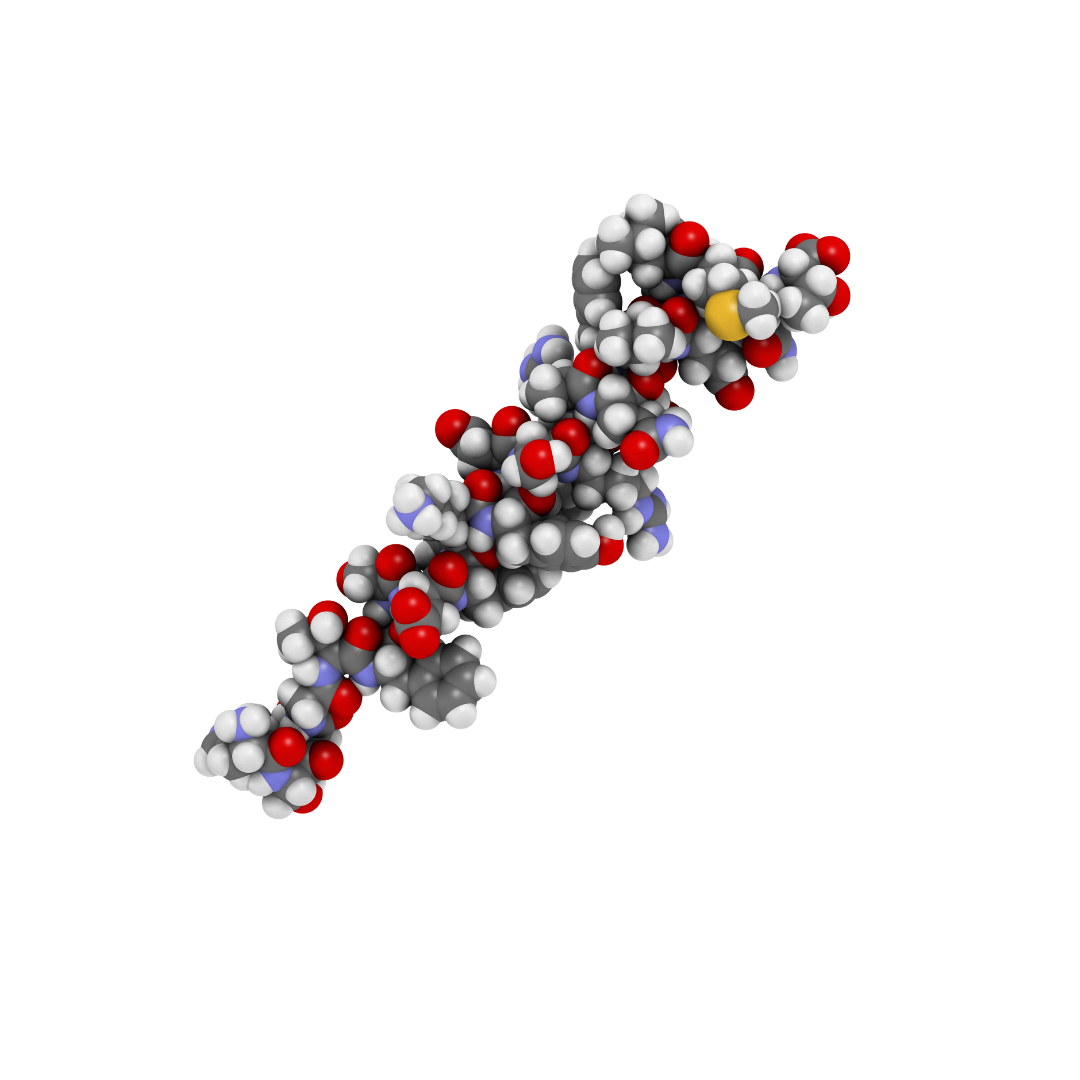A Parent's Guide to Pompe Disease: The Signs & Symptoms
Have you ever heard of Pompe disease? If not, don't worry – you're not alone. It's a rare condition, but understanding it is essential, especially for those who might encounter it. In this guide, we'll break down and simplify everything you need to know about Pompe disease and its symptoms.
What on Earth is Pompe Disease?
Pompe disease is a rare genetic disorder that messes with the muscles. It's caused by a sugar called glycogen getting stuck in the body's cells, which makes the muscles feel weak and tired. Think of it like a traffic jam inside the body, with all that sugar clogging up the roads.
The Three Faces of Pompe Disease
Pompe disease wears three different hats, depending on when it shows up:
Baby-onset (Infantile-Onset Pompe Disease)
When: Right after birth
What: Weak muscles, breathing troubles, heart problems, difficulty feeding
Importance: Super serious and needs immediate attention
Toddler-Onset (Late Infantile-Onset)
When: Late infancy or early childhood
What: Slower learning to walk, muscle weakness, sometimes heart or breathing issues
Importance: Not as severe as baby-onset but still needs care
Big Kid to Grown-Up Onset (Late-Onset)
When: Anywhere from childhood to adulthood
What: Weak leg and trunk muscles, trouble with stairs, waking up with headaches, fatigue
Importance: Slower to progress, but can affect daily life
Spotting the Symptoms of Pompe Disease
Pompe disease might sound scary, but knowing what to look for can help you catch it early. Here's a handy breakdown:
Infantile-Onset Symptoms:
Weak, floppy baby
Breathing troubles
Enlarged heart
Problems with feeding and gaining weight
Late Infantile-Onset Symptoms:
Slow motor skills
Weak muscles
Respiratory issues
Sometimes an enlarged heart or liver
Late-Onset Symptoms:
Weak legs and trunk
Trouble with stairs
Breathing difficulties, especially during sleep
Unexplained fatigue
How to Detect Pompe Disease
So, you're concerned about Pompe disease? Here's how the doctors usually find it:
Look and Listen: They'll start with a good ol' fashioned check-up, looking at symptoms and asking about family history.
Enzyme Testing: A blood test can reveal whether the special enzyme that breaks down glycogen is misbehaving.
Gene Detectives: Genetic testing will find if the gene responsible is faulty.
Extra Tests if Needed: Sometimes, more tests like X-rays or heart checks may be needed to get the full picture.
Wrapping Up
Pompe disease is one of those things that you hope never to encounter, but knowledge is power. Understanding the symptoms of Pompe disease can be the key to early intervention.
If anything about your child's health ever feels "off," don't hesitate to talk to your healthcare provider. They're the experts, and they're there to help!
Stay informed, stay empowered, and always keep loving those little ones!



